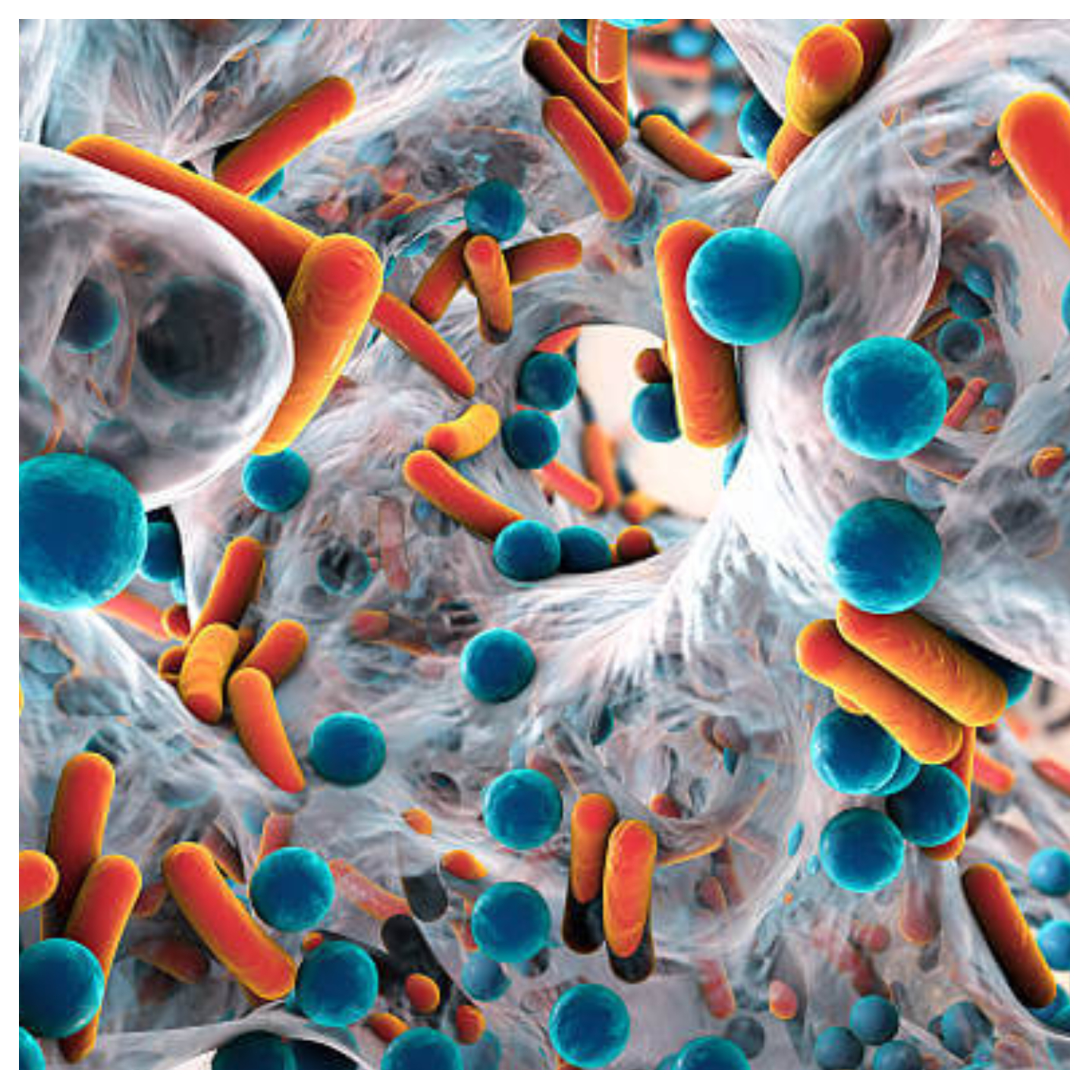
Angela Onwuzoo
The National Coordinator, National Tuberculosis, Leprosy and Buruli Ulcer Control Programme, Dr. Chukwuma Anyaike, has said that while staphylococcus aureus, a bacteria that can cause infection in human beings is found on human skin, it can also be transmitted through sexual acts.
Dr. Anyaike also noted that staphylococcus is becoming resistant to antibiotics.
The public health physician said although staphylococcus is sometimes misdiagnosed it can cause infection when it gets to the wrong place including the private parts of humans.
According to him, staphylococcus is a stubborn organism that has in recent times become resistant to common antibiotics.
He stressed that staphylococcus is not supposed to be found in the vagina or urethra of a man, noting that when it finds its way into those places it will not only cause infection but can also be transmitted during sexual acts.
There has been a lot of misunderstanding about the transmission of Staphylococcus with some people arguing that the bacteria cannot be transmitted sexually.
But speaking in an exclusive interview with Reportr Door HealthWise, Anyaike noted that people can get staphylococcus in the hospital through contaminated objects, adding that everybody is at risk of Staphylococcus.
The NTBLCP boss urged Nigerians to improve their hygiene to prevent Staphylococcus, adding that citizens should also avoid having multiple sex partners.
Giving reasons why staphylococcus is sexually transmitted, the public health expert explained, “Staphylococcus is not supposed to be in the vagina or urinary tract. So, once it enters there, it is in the wrong place and can be sexually transmitted just like other organisms like Ecoli.
Ecoli is not supposed to be in the vagina or the male private part. If staphylococcus is in the wrong place, it will start growing and then gives symptoms that will make you very uncomfortable.
“If you are a woman and you have staphylococcus in your vagina or thereabout, ordinarily, your body may react by discharging or by itching because the bacteria is in the wrong place or you will be having a burning sensation.
“So, what do we mean by sexually transmitted? Because it has entered the wrong place and if you have sex with a man, the man will get infected and if the man has sex with another woman and introduces it to her, then the infection will continue to spread. That is why it is sexually transmitted.”
Continuing, he said “A lot of things can be sexually transmitted when an organism is in the wrong place.
“Sexually transmitted is basically a confirmation of the channel through which an infection has spread. When you carry an organism into another place that is not supposed to be through sexual acts, it becomes sexually transmitted.
“So, staphylococcus can be sexually transmitted. It is not a normal organism in the vagina. You can see it on the skin. It is also a normal contaminant in the laboratory. Even during foreplay, staphylococcus can be introduced into the vagina. So, your hygiene must be high and you must be decent and clean.
“Ordinarily, staphylococcus is not supposed to be found in the vagina of a woman and the urethra of a man because it is in the wrong place and if it is in the wrong place it can come up with itching, and a burning sensation.”
The United States Centres for Disease Control and Prevention says staphylococcus aureus is a germ found on people’s skin.
CDC states that staphylococcus can cause serious infections if it gets into the blood and can lead to sepsis or death.
“People are at higher risk for staph infection when they have surgery or stay in healthcare facilities, have medical devices in their body, inject drugs, or when they come in close contact with someone who has staph,” CDC said.
Anyaike further said that sometimes, staphylococcus comes as a contaminant in laboratory procedures.
“Staphylococcus can be found on normal skin, sometimes, that is why it comes as a contaminant,” he added.
The physician stated that staphylococcus could be treated and cured if the person diagnosed with the infection takes the appropriate treatment.
He said, “If an infection is caused by staphylococcus when it is widely cultured, it can be treated, and cured by appropriate antibiotics when it has gone through the sensitivity test.
“And because the organism is stubborn, sometimes, it mutates which is why it has become resistant to common antibiotics.
“When you have staphylococcus, once you treat yourself, you treat your partner.”
He urged people diagnosed with the infection to adhere to their medications as recommended by their physicians to avoid the organism becoming resistant to drugs.
The Association for Professionals in Infection Control and Epidemiology says staphylococcus is a type of bacteria found on human skin, in the nose, armpit, groin, and other areas.
According to the association, staphylococcus is the leading cause of skin and soft tissue infections, such as abscesses, boils, furuncles, and cellulitis (red, swollen, painful, warm skin).
“Staphylococcus aureus germs can also cause more serious infections, such as pneumonia, bloodstream infections, endocarditis (infection of the inner lining of the heart chambers and heart valves), and bone and joint infections.
“It is spread by touching infected blood or body fluids, most often by contaminated hands,” the association said.
Researchers in an article published by the American Society for Microbiology say staphylococcus is a major human pathogen that causes a wide range of clinical infections.
They said the HIV-infected population has a significantly increased incidence of Staphylococcus.
The researchers also said hemodialysis patients were also at a greatly increased risk of staphylococcus.
Copyright Reportr Door
All rights reserved. This material, and other digital content on this website, may not be reproduced, published, broadcast, rewritten or redistributed in whole or in part without prior express written permission from Reportr Door.
Contact: [email protected]




